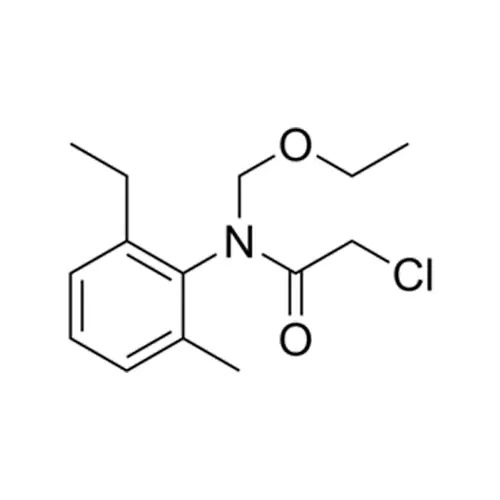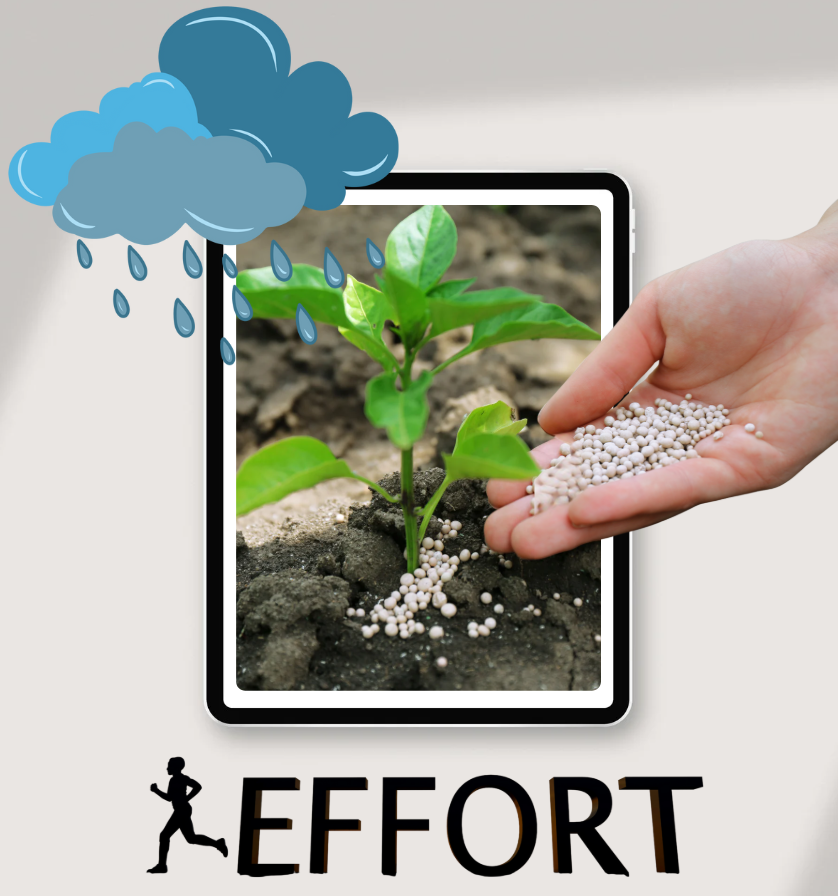
Acetochlor: An Effective Herbicide in Modern Agriculture
Acetochlor: An Effective Herbicide in Modern Agriculture

Acetochlor is a herbicide in the chloroacetanilide group, widely used in agriculture to control weeds on many crops. Thanks to its high efficiency, wide range of action and reasonable cost, Acetochlor has become one of the top choices of farmers in protecting the productivity and quality of agricultural products.
1. Introduction to Acetochlor
Acetochlor is an active ingredient developed to control weeds before they grow in the field. With the ability to penetrate plant tissue, Acetochlor helps prevent the growth of weeds without affecting the main crop if applied at the right dose and time. This helps farmers save on labor and chemical costs, while contributing to improving production efficiency.
2. Chemical Properties and Composition

2.1. Chemical Composition and Structure
Acetochlor has the chemical formula C₁₆H₂₂ClNO₂, belonging to the chloroacetanilide group. The structure of Acetochlor helps this active ingredient to be highly permeable, easily penetrating into the tissues of weeds.
2.2. Physical and Chemical Properties
- Appearance: Acetochlor is usually in the form of a white or cream powder.
- Solubility: Relatively soluble in organic solvents such as acetone, ethanol, and slightly soluble in water.
- Stability: Acetochlor is stable under appropriate storage conditions but should be protected from direct light and high temperatures to maintain effectiveness.
These properties allow Acetochlor to be highly active when applied in field conditions, while ensuring the protection of crops during cultivation.
3. Mechanism of Action of Acetochlor
Acetochlor works primarily by inhibiting the synthesis of lipids and enzymes necessary for weed growth. When applied to the field, the active ingredient penetrates the leaves and roots of weeds, causing cellular dysfunction and inhibiting their growth.
- Scope of action: Acetochlor is primarily effective against weeds with strong root systems, effectively controlling weeds before they have a chance to compete with the main crop.
4. Applications in Agriculture
4.1. Pre-emergence Weed Control
Acetochlor is often used as a pre-emergence herbicide. This helps prevent the emergence of weeds, protect crop yields and reduce cultivation costs.
- Fields of application:
- Growing rice, corn, beans, and other crops.
- Mechanical transfer farming system, helping to optimize costs and time.
4.2. Combined with Other Methods
In some cases, Acetochlor is used in combination with other herbicides to create a synergistic effect, helping to deal with many different weed species.
- Combination strategy: Use at recommended doses in combination with other biological and technical farming measures such as crop rotation, intercropping to maintain biodiversity and prevent the development of resistance.
5. Advantages and Limitations
5.1. Advantages
- High Efficiency: Acetochlor is capable of effectively controlling many types of weeds before they appear, helping to protect crop yields.
- Reasonable Cost: With a competitive price, Acetochlor is an economical choice for farmers and agricultural enterprises.
- Easy to Use: Easy application over large areas with modern spray equipment, saving time and effort.
5.2. Limitations
- Risk of Misuse: If used at the wrong dose or timing, Acetochlor can damage major crops or leave unwanted residues.
- Environmental Impact: Excessive use can affect soil and water quality. Close monitoring and compliance with environmental safety regulations is requiredg.
- Potential for Resistance Development: Under conditions of prolonged use, weeds can develop resistance, requiring coordination with other cultural practices.
6. Instructions for Use and Safety

6.1. Instructions for Use
- Read the Product Label Carefully: Before use, users need to understand the instructions on dosage, spraying time and mixing method.
- Apply at the Right Time: Usually used before weeds appear (pre-emergence), for optimal effectiveness.
- Use Modern Equipment: Ensure that the spray equipment is properly calibrated to evenly distribute Acetochlor over the cultivated area.
6.2. Safety Measures
- Personal Protective Equipment: When working with Acetochlor, workers must wear gloves, masks, goggles and protective clothing.
- Follow the Procedure: Use the correct dosage and isolation period to ensure that the residue does not exceed the permitted level, protecting the health of consumers and the environment.
- Follow Up After Use: Record and monitor the condition of the crop after spraying to evaluate the effectiveness and adjust the dosage if necessary.
7. Conclusion

Acetochlor is an effective herbicide, helping farmers control weeds scientifically and cost-effectively. With its superior permeability and protective effects, Acetochlor contributes to protecting crop yields, improving agricultural product quality and ensuring food safety. However, to maximize the effectiveness of this active ingredient, it is extremely important to use the correct dosage, follow safety procedures and combine it with sustainable farming practices. Instructions for use, safety measures and coordination strategies will help users maximize the benefits of Acetochlor, while minimizing risks to the environment and human health. With the trend of modern agriculture and increasingly stringent requirements for food safety, Acetochlor promises to continue to be a useful tool, contributing to building a sustainable and effective agriculture
Bình luận
Những bình luận mới nhất



